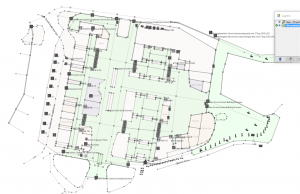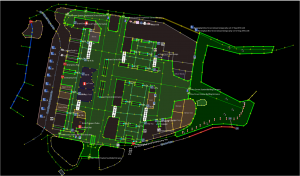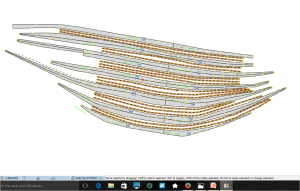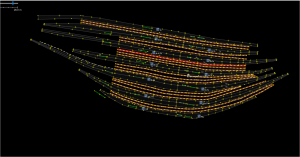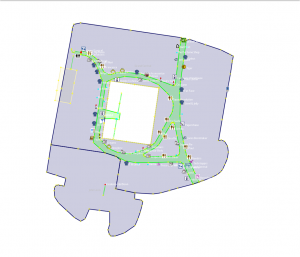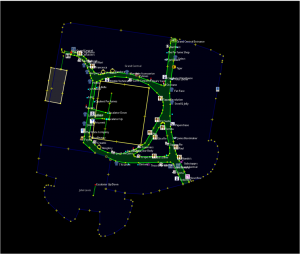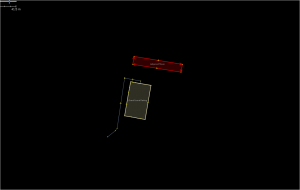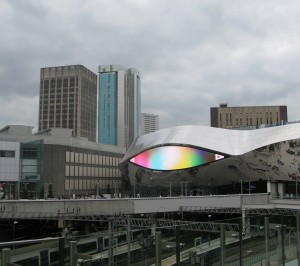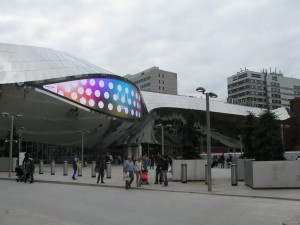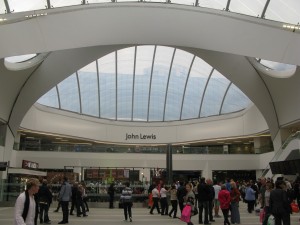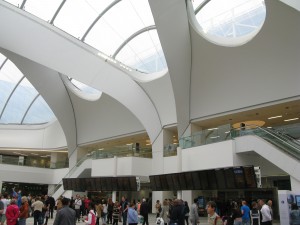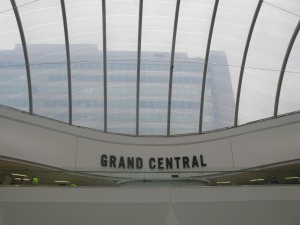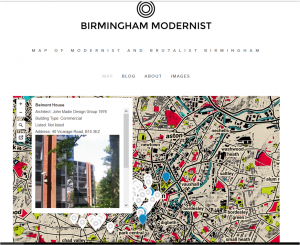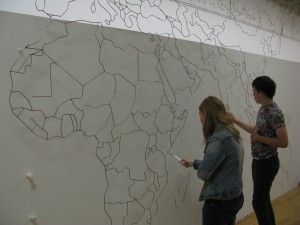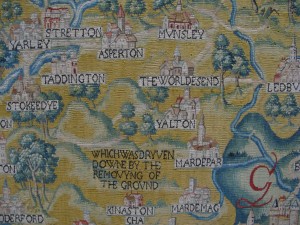Birmingham City Council has started rolling out a speed limit reduction on many residential roads and in some local centres to 20mph. This presents a great opportunity for local OpenStreetMap mappers to demonstrate the power of OpenStreetMap in keeping pace with the speed limit reduction programme as it progresses.
Phase 1 covers parts of central, south and east Birmingham. The scheme will install signs and lines only – no new traffic calming (e.g. speed bumps) will be introduced as part of this scheme. Road signs and markings will be installed from December 2015 to March 2016 and the speed limit will come into effect once works are complete.
20mph is part of a broader package of measures aimed to give people, especially children, more confidence to walk and cycle. Over the next 5 years the Council intends to put 20mph speed limits on 90% of Birmingham’s roads. Most main roads will keep their existing 30mph or 40mph speed limits.

According to Council consultation in the areas covered, 49 per cent of people were in favour of 20mph limits and 35 per cent opposed. Council data show that the minor roads (mainly residential) in this particular scheme were the location for 508 casualties, including 68 deaths or serious injuries between 2011 and 2013. That is roughly one casualty every two days.
OpenStreetMap locally has worked with Birmingham City Council Transportation over the past year to understand how we could achieve a “realtime mapping” of the changes.
The Council estimate related annual costs from injuries, hospital and ambulance services, would reduce by up to £870,000. The total cost is £1.025m, with almost 80 per cent coming from a Department for Transport grant to encourage cycling.
OpenStreetMap locally has worked with Birmingham City Council Transportation over the past year to understand how we could achieve a “realtime mapping” of the changes. They have provided a suitable opendata shapefile of all the roads affected and we have access to weekly project reports on works scheduled and completed, so we should be able to reflect the changes as they take place. Not quite “realtime” but a huge step towards it. It’s taken a deal of persistence on our part, but once we secured some internal sponsors, things moved forward consistently.
We’re still to decide how best to display all this but we have a map of the project’s scope and will also be using ITOWorld’s speed limit map.
Although the Traffic Regulation Order enacting the new legal speed limit doesn’t come into force until the project is completed, the signs will be visible. On the basis that we map what is visible we will be adding 20mph tags as work progresses. Whilst we’ll be reliant largely on progress reports from the Council, there are sure to be some sightings as we move around the affected areas.
